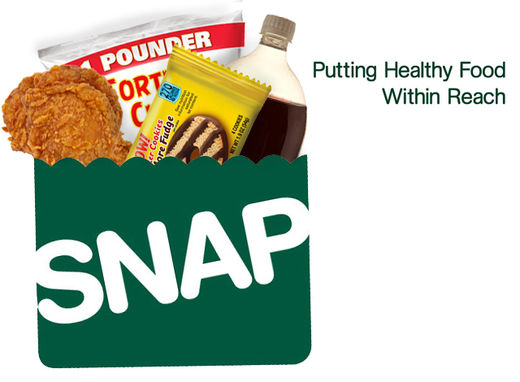In South Texas, not far from the Rio Grande, the area known as Little Mexico could easily be mistaken for an impoverished village on the south side of the border. Eli Saslow of the Washington Post describes the slapdash homes, chickens wandering through the streets, a mule munching on trash in the middle of an intersection.
Except, as the immigrant parents of Blanca, a diabetic single mother of two who relies on food stamps, told their daughter about the border, "On one side you're skinny. On the other you're fat."
In his long, impressive story, with its flashy "Snow Fall" - l ike design, Saslow looks at the problem inherent in modern poverty: Hunger no longer means being skinny for lack of food. Rather, it means subsisting on junk - and suffering from obesity and other diet-related diseases as a result of the new diet of austerity.
The narrative of Blanca and her family, is heart-wrenching. Mother, for example, shares her cholesterol medication with son Antonio, just nine years old. But it's one of the wonkier paragraphs in the story that caught our eye. It comes just after Terry Canales, a Texas state representative, presents a bill that would block SNAP recipients from buying energy drinks with their benefits.
Then he yielded the microphone and waited for rebuttals. The first critic was one he had anticipated, a lobbyist for the Texas Beverage Association, which desperately wanted all of its drinks available for sale to the fastest-growing market in America: the food-stamp market, which has quadrupled from $20 billion to $80 billion in the past 12 years. Companies such as Coca-Cola, Kraft and Mars have spent more than $10 million in the past several years lobbying Congress to keep their products available to those using food stamps. "No clear standards exist for defining foods as good or bad," the lobbyist said.For equivalency's sake, the LED lighting market is worth $80 billion, and the mobile software, smart grid, and global cybersecurity markets are all tracking to hit that number in the coming years.
In other words, some of the leading economic lights of the tech industry are equivalent in size to the food stamp market in post - Great Recession America. And the lobbying dollars of Big Food guarantee that those taxpayer-funded SNAP dollars are funneled in their direction.




Reader Comments
to our Newsletter